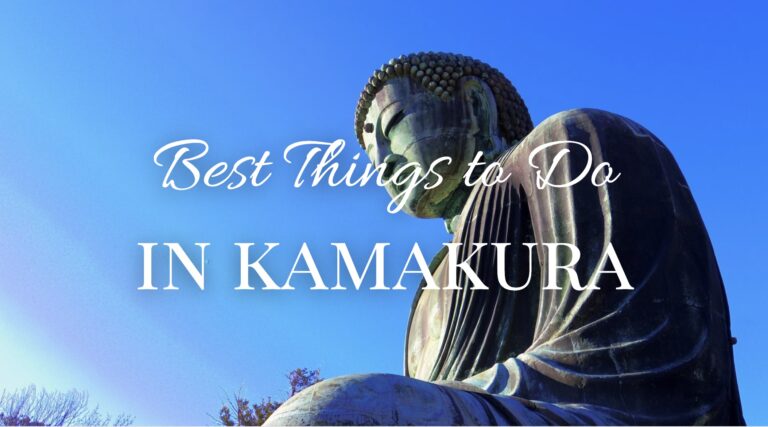Kamakura, a city where history and natural beauty converge, offers an unforgettable journey through Japan’s rich cultural landscape. Once the seat of political power in medieval Japan, this quaint city now serves as a haven for those seeking a blend of historical insights and serene natural vistas. In this article, we explore the best things to do in Kamakura, each activity providing a unique window into the soul of this ancient city.
From majestic temples and shrines that whisper tales of the past to scenic beaches and vibrant streets echoing with modern life, Kamakura is a mosaic of experiences. Ideal for history enthusiasts, nature lovers, or anyone looking for a tranquil getaway, our guide unveils the top attractions and activities. Let’s embark on a journey to discover what makes Kamakura an enchanting destination, promising memorable moments and a deep connection with Japan’s heritage.
1. Visit Tsurugaoka Hachimangu Shrine

Tsurugaoka Hachimangu Shrine, an iconic landmark in Kamakura, is steeped in both spiritual significance and historical depth. Founded by Minamoto no Yoritomo, the first shogun of the Kamakura shogunate, in the 12th century, this shrine has been a focal point of Shinto worship and Japanese politics for centuries. It was originally built to consolidate the shogunate’s power and to serve as a symbol of unity between the samurai class and the common people. The shrine’s majestic architecture, featuring a striking red torii gate and a long, stone-paved approach, is a classic example of Shinto design, harmoniously blending with the natural landscape.
As visitors ascend the steps to the main hall, they are treated to panoramic views of the city, offering a moment to reflect on Kamakura’s historical journey. The shrine complex includes several sub-shrines, a museum, and a pond, each adding to its serene ambiance. The Kamakura Museum of National Treasures, located within the shrine’s precincts, is home to a rich collection of art and artifacts from the Kamakura period. This includes samurai armor, sculptures, and important cultural texts, providing an invaluable glimpse into the era’s artistic and martial traditions.
Seasonal festivals and events at Tsurugaoka Hachimangu, such as the New Year celebration and the autumn archery ritual, are imbued with centuries of tradition. These events not only attract a large number of visitors but also play a vital role in preserving and showcasing the cultural heritage of Kamakura. A visit to Tsurugaoka Hachimangu Shrine is more than just a sightseeing experience; it is an immersion into the heart of Japan’s history, offering insights into the spiritual and political legacy that shaped Kamakura and the nation.
2. Stroll through Komachi Street
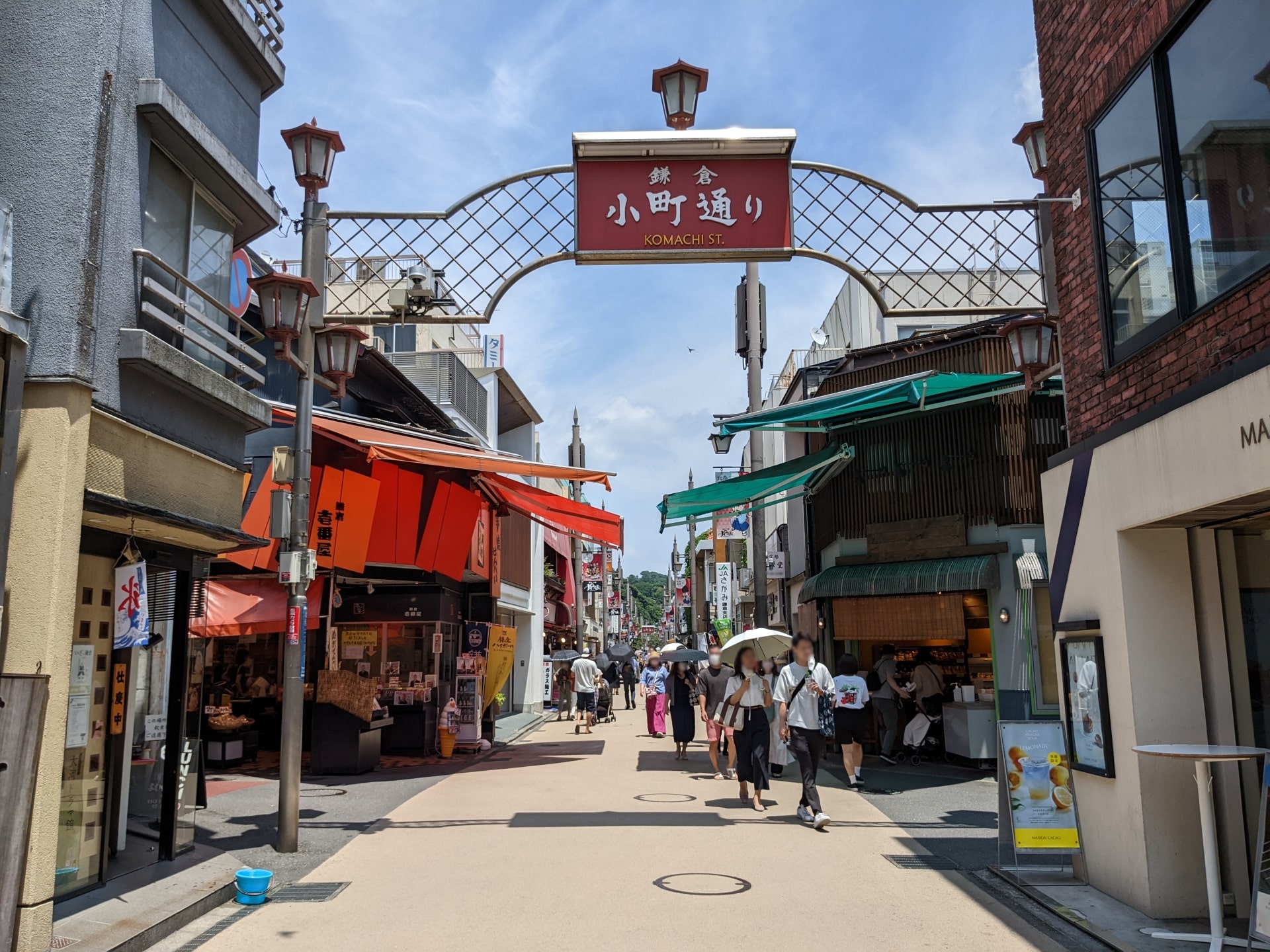
Komachi Street is a lively thoroughfare that captures the essence of Kamakura’s modern charm. Known for its bustling shopping scene, this street offers a wide array of stores selling everything from traditional crafts to contemporary fashion. As visitors meander through, they can indulge in local snacks, from sweet treats to savory delights, providing a taste of Kamakura’s culinary diversity.
The street’s vibrant atmosphere is further amplified by the cheerful chatter of locals and tourists alike, making it a perfect spot for those who enjoy a dynamic urban experience. Strolling through Komachi Street not only offers a shopping spree but also a cultural immersion, as each shop and food stall tells its own story of Kamakura’s living heritage.
3. Explore Kenchoji Temple
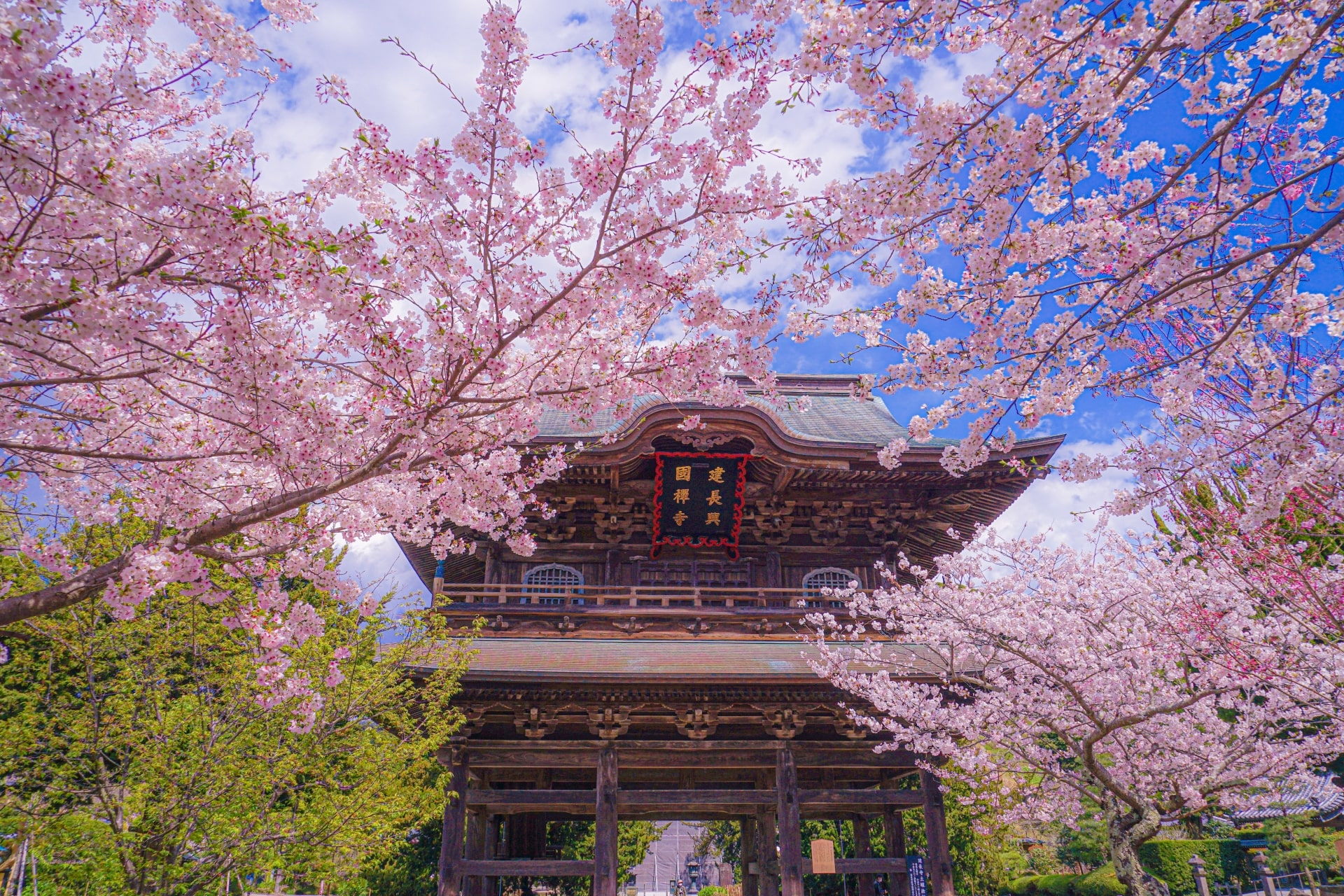
Kenchoji Temple, recognized as Japan’s oldest Zen training monastery, offers a tranquil sanctuary for those seeking peace and contemplation. This temple complex, nestled in the green hills of Kamakura, is a testament to the profound influence of Zen Buddhism in Japanese culture. Visitors can explore the temple’s various halls, each resonating with the echoes of Zen teachings and practices that have been carried out for centuries.
The temple grounds, with their meticulously maintained gardens and serene walking paths, provide a perfect setting for meditation and reflection. Kenchoji Temple is not just a religious site; it’s a spiritual journey into the heart of Zen, offering a peaceful retreat from the external world and an opportunity for inner exploration.
4. Admire Great Buddha (Kotokuin Temple)
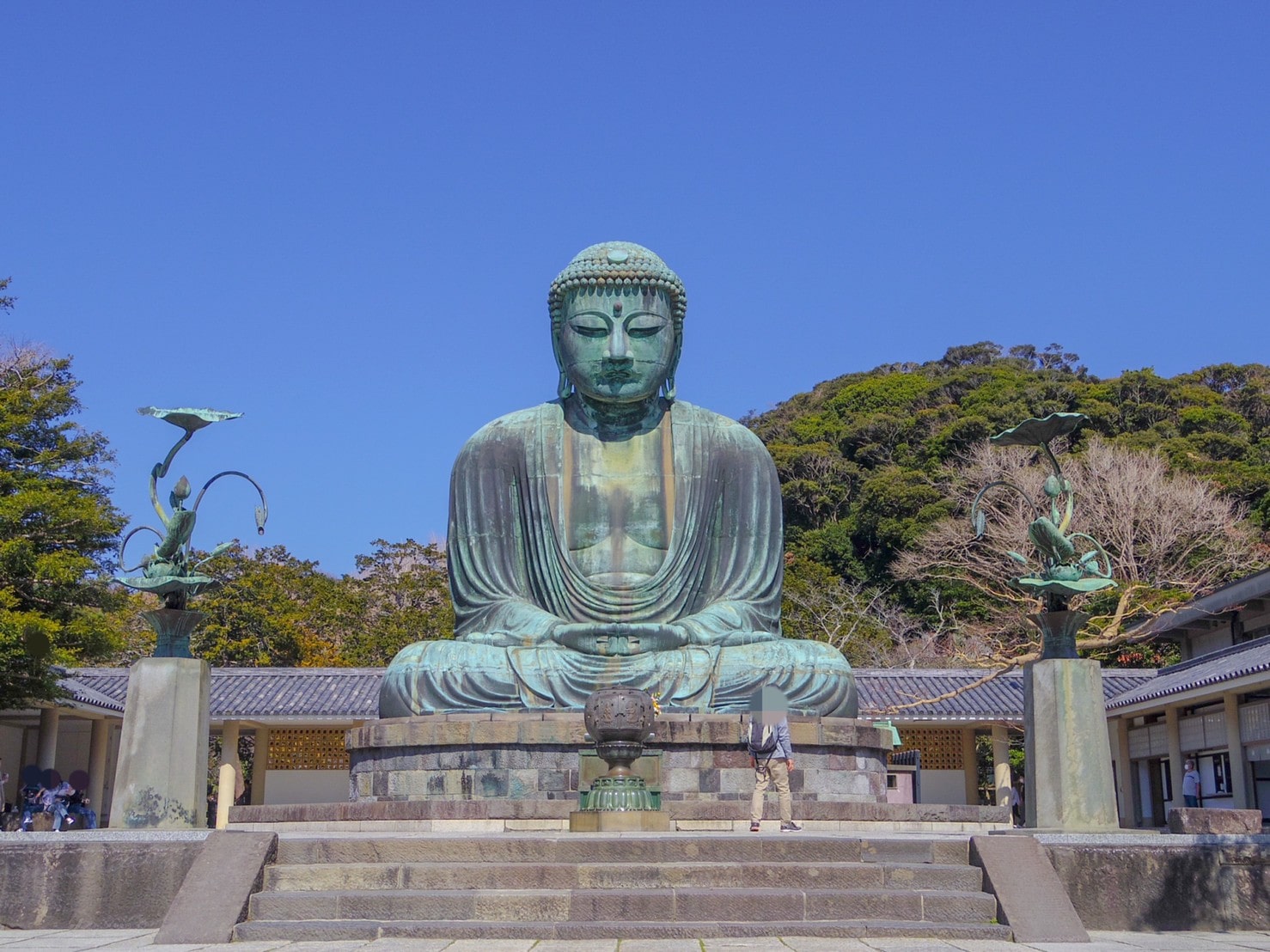
Great Buddha at Kotoku-in is a testament to Kamakura’s rich spiritual history and artistic achievement. This monumental outdoor bronze statue of Amida Buddha, standing at an impressive height of over 11 meters, has been a sentinel over the city since the 13th century. It is one of Japan’s most iconic and revered religious symbols, embodying a sense of tranquility and resilience.
Despite having withstood natural disasters over the centuries, the Great Buddha continues to awe visitors with its serene demeanor and intricate craftsmanship. A visit here offers a moment of reflection and admiration for the artistry and religious devotion that shaped this remarkable sculpture, making it a must-see destination in Kamakura.
5. Wander around Hasedera Temple
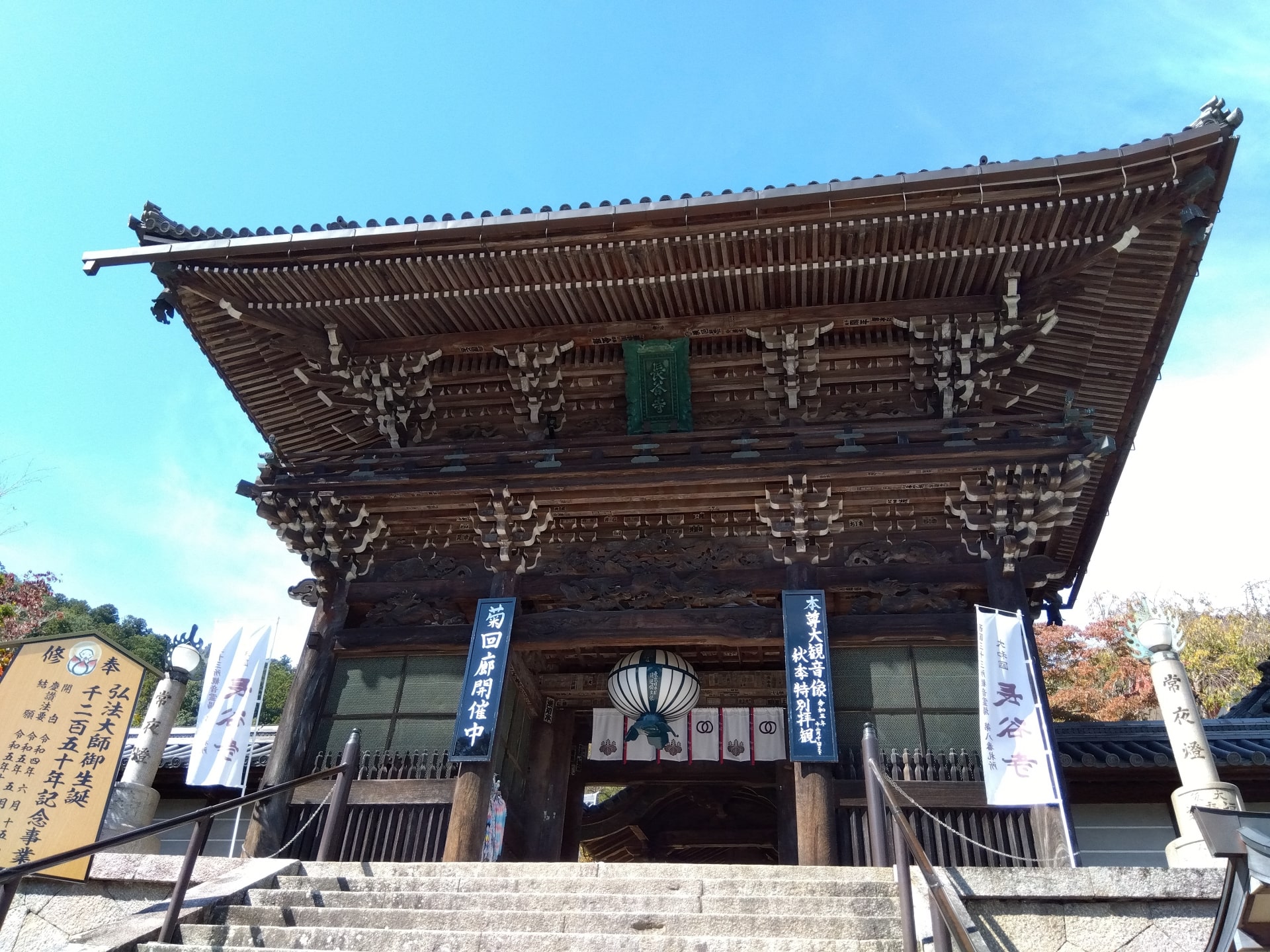
Hasedera Temple, nestled in the scenic hills of Kamakura, offers a spiritual journey complemented by stunning views of the coastal city. This temple is renowned for housing a massive wooden statue of Kannon, the Goddess of Mercy. Carved from a single piece of camphor wood, this impressive statue stands as one of the largest wooden sculptures in Japan.
The temple’s sprawling grounds are a delight to explore, featuring beautifully landscaped gardens, serene ponds, and seasonal flowers. Visitors can ascend the observation platform to enjoy panoramic views of the city and the ocean, making Hasedera Temple not only a place of religious significance but also a haven for nature lovers and photography enthusiasts.
6. Relax at Yuigahama Beach
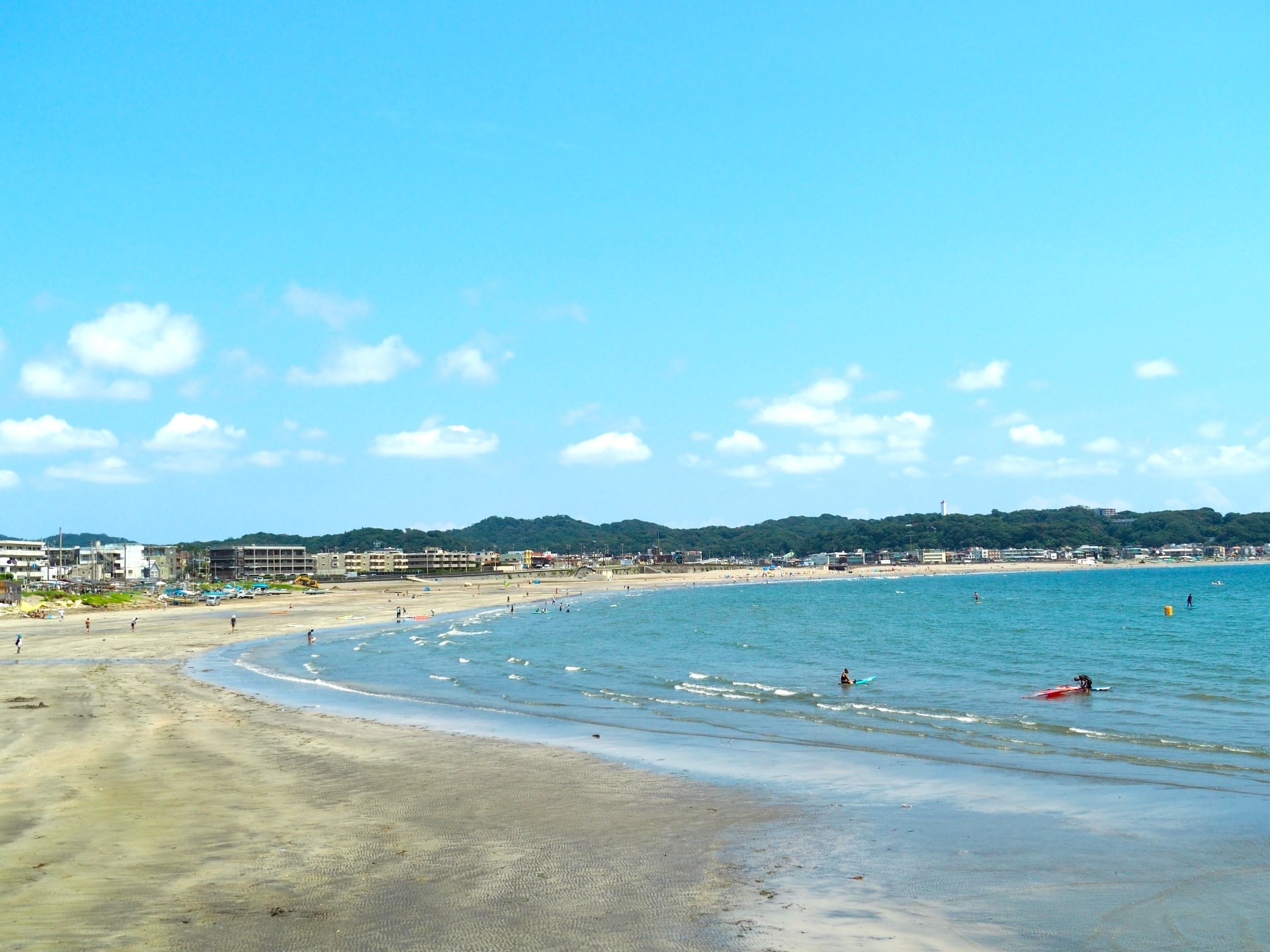
Yuigahama Beach offers a perfect seaside escape within Kamakura’s historic setting. This popular beach is a favorite among locals and tourists for swimming, sunbathing, and surfing. Stretching along the Sagami Bay, Yuigahama Beach provides a relaxing atmosphere where one can bask in the sun or enjoy the refreshing sea breeze.
The beach is especially lively during the summer months, with visitors indulging in various beach activities and enjoying the local food stalls. Its close proximity to the city center makes it an ideal spot for a day trip, where the historical charm of Kamakura meets the leisurely vibe of a beachside getaway.
7. Hike Daibutsu Hiking Trail
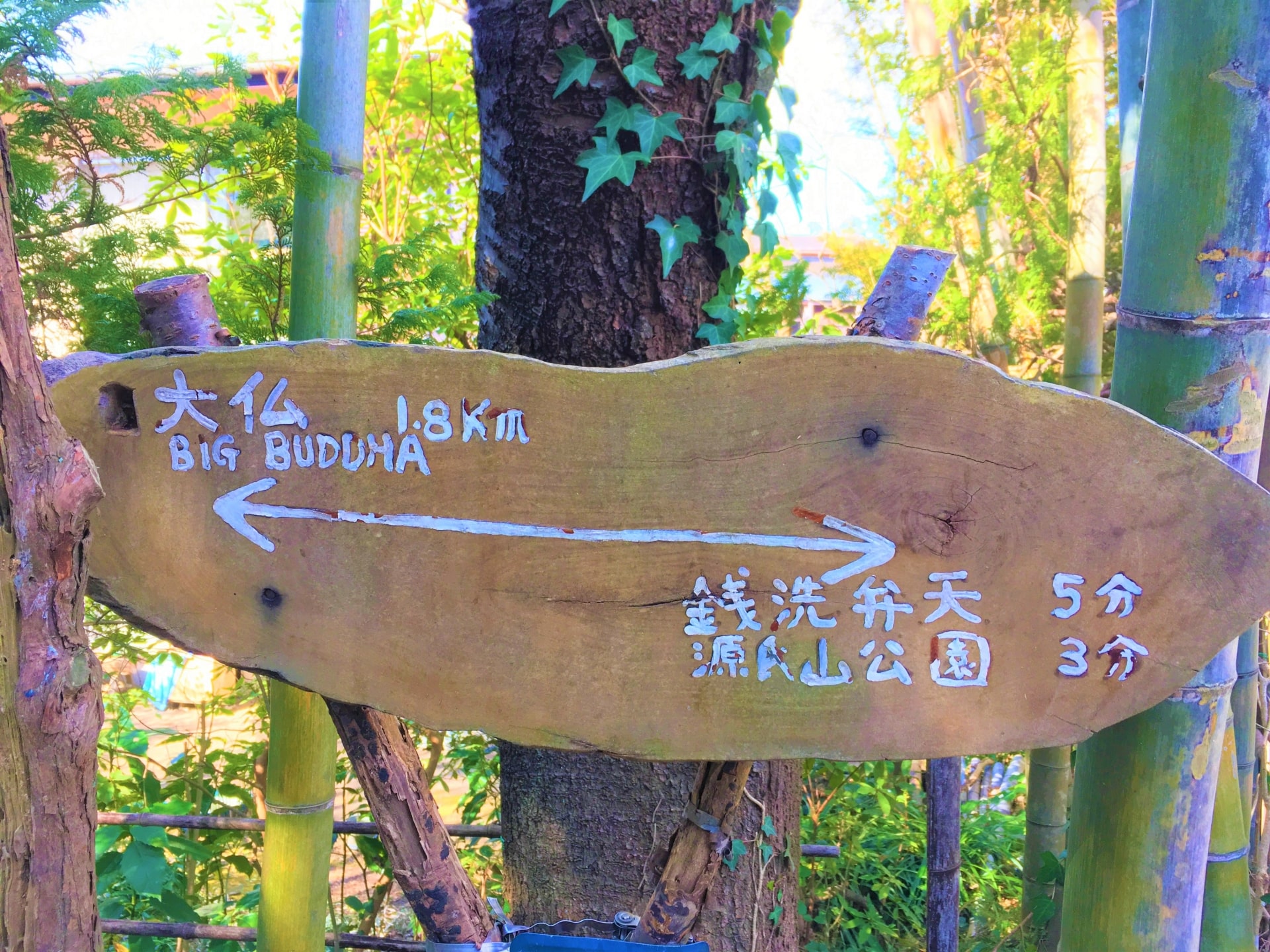
Daibutsu Hiking Trail in Kamakura offers an invigorating experience for nature enthusiasts and those seeking a peaceful escape. This trail, winding through lush forests and past smaller temples, leads to the iconic Great Buddha. As hikers traverse this path, they are enveloped by the serene beauty of the natural surroundings, offering a chance to disconnect from the hustle of daily life.
The trail is dotted with ancient temples and shrines, each with its own unique history and charm, providing insight into Kamakura’s rich cultural heritage. The hike culminates in the awe-inspiring view of the Great Buddha, making it a rewarding journey both spiritually and physically. This trail is perfect for those looking to combine outdoor adventure with historical exploration.
8. Visit Hokokuji Temple (Bamboo Temple)
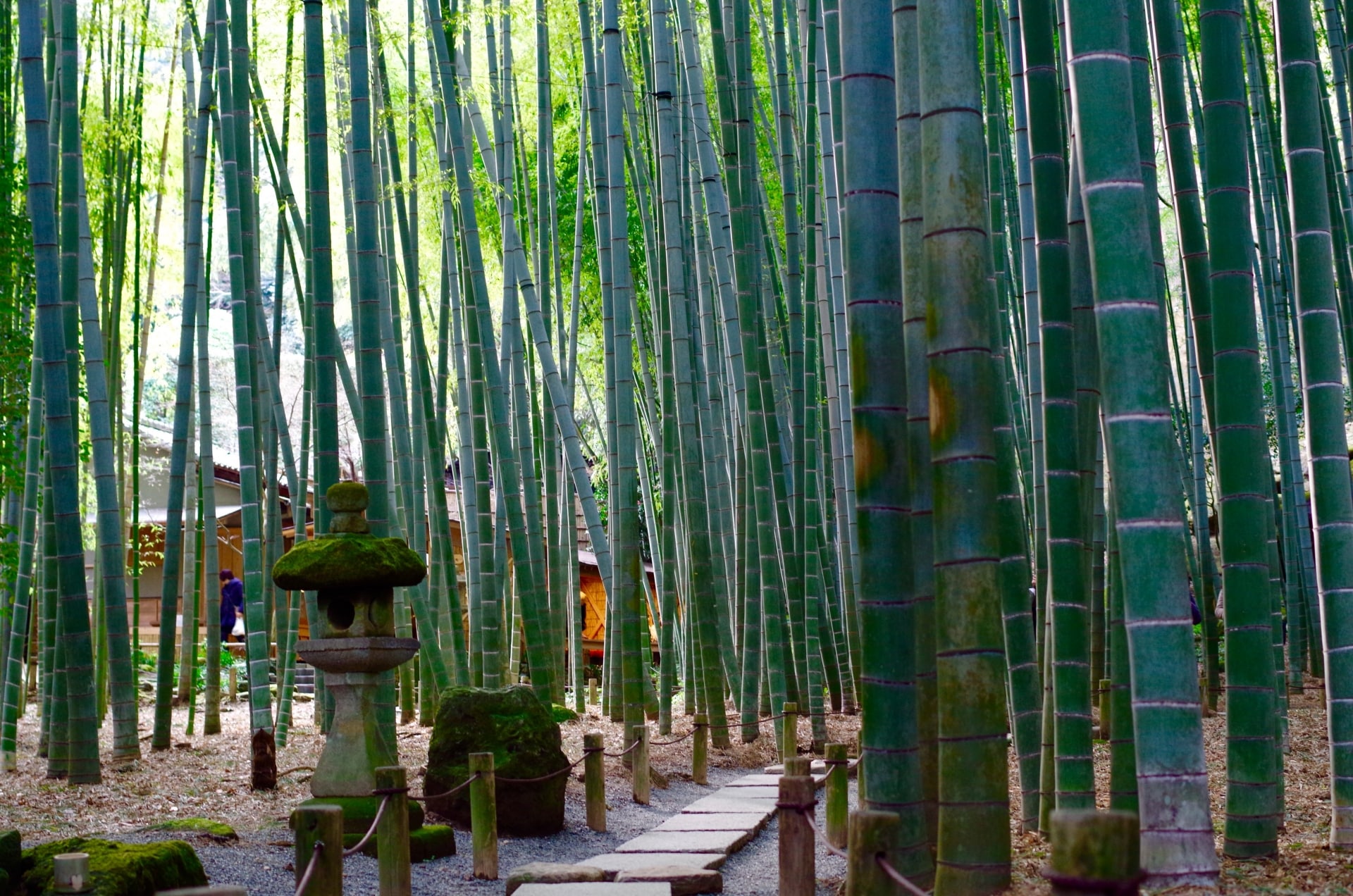
Hokokuji Temple, commonly known as Bamboo Temple, is a hidden gem in Kamakura, offering a tranquil sanctuary amidst a stunning bamboo grove. This Zen Buddhist temple is renowned for its lush, towering bamboo garden, which creates an almost otherworldly atmosphere. Visitors can wander through the peaceful paths lined with hundreds of bamboo stalks, a scene that exudes a sense of natural elegance and harmony.
The temple itself reflects the simplistic beauty of Zen architecture and is a place for quiet contemplation. Enjoying a cup of traditional matcha tea in the temple’s tea house while overlooking the bamboo forest is an experience that encapsulates the essence of Japanese aesthetics and spirituality.
9. Explore Engakuji Temple
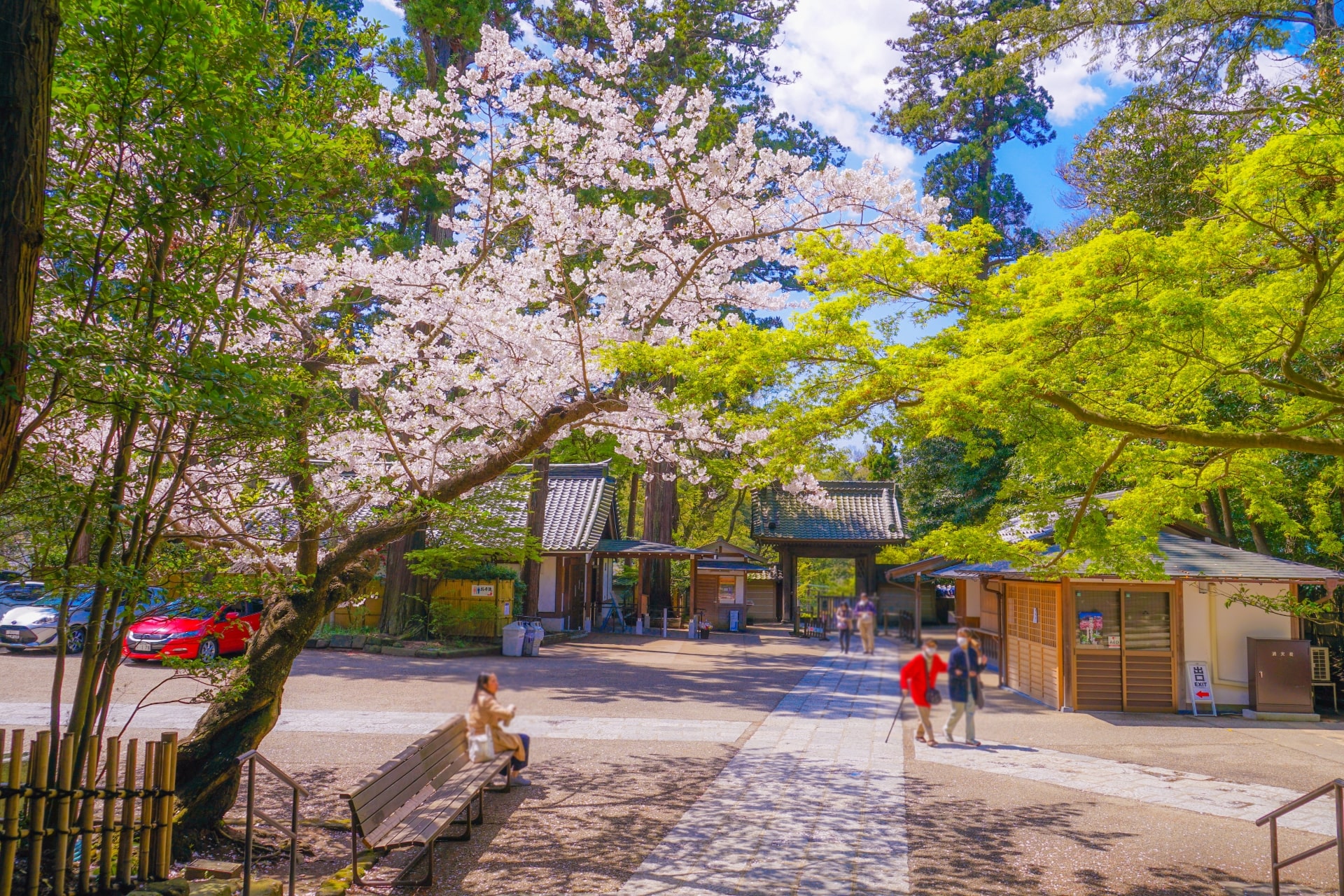
Engakuji Temple, counted among the leading Zen temples in Eastern Japan, is a site of profound historical and spiritual significance. Set in beautiful natural surroundings, this temple complex offers a glimpse into the world of Zen Buddhism. Visitors are welcomed by a tranquil environment, ideal for meditation and reflection. The temple grounds feature a series of halls, ancient gates, and a well-preserved cemetery, where several prominent historical figures are laid to rest.
Engakuji is not just a religious site; it’s a place where history, nature, and Zen philosophy intermingle, offering visitors a unique opportunity to delve into the depths of Japanese culture and spirituality. The temple’s serene setting and rich history make it a must-visit for those exploring the spiritual landscape of Kamakura.
10. Experience Zeniarai Benzaiten Ugafuku Shrine

Zeniarai Benzaiten Ugafuku Shrine presents a unique and intriguing aspect of Japanese culture and spirituality. Located in a picturesque valley in Kamakura, this Shinto shrine is famed for a peculiar ritual where visitors wash their money in the shrine’s spring water. It is believed that doing so will multiply the wealth and bring good fortune.
The shrine, set within a natural cave and surrounded by lush greenery, offers a mystical atmosphere that enhances the spiritual experience. Beyond its monetary ritual, Zeniarai Benzaiten Ugafuku Shrine is a place of serenity and historical significance, reflecting the blend of Shinto and Buddhist beliefs. A visit here provides not only a chance for potential prosperity but also an insight into the unique traditions and practices that shape Japanese culture.
11. Enjoy Coastal Views at Inamuragasaki Beach
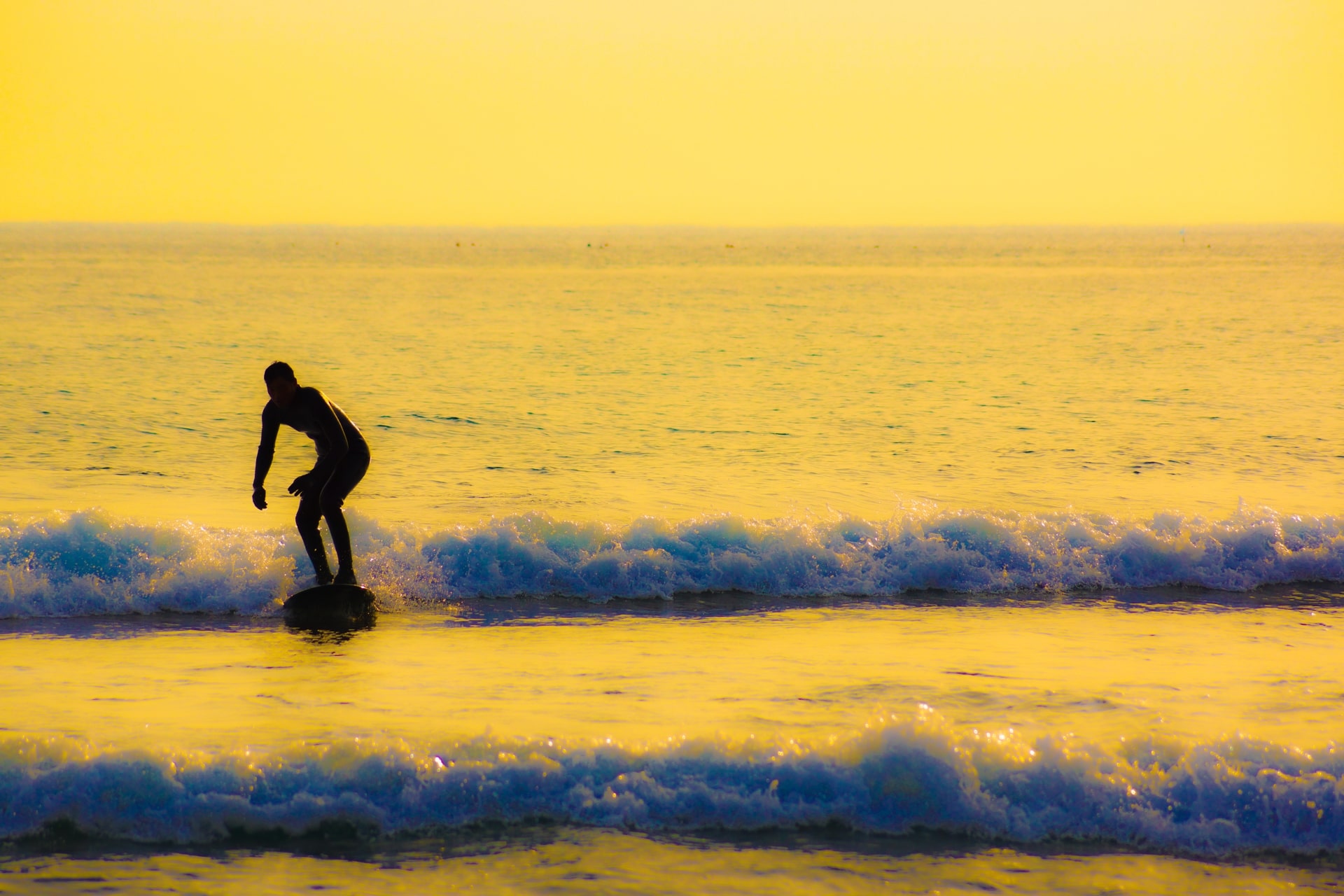
Inamuragasaki Beach, located along the Sagami Bay, is a scenic spot renowned for its natural beauty and excellent surfing conditions. This beach provides stunning views of both the ocean and the iconic Mount Fuji on clear days, making it a favorite spot for photographers and nature lovers. The beach’s relatively calm and inviting waters make it ideal for both beginner and experienced surfers.
In addition to surfing, visitors can enjoy leisurely walks along the shore, bask in the sun, or simply relish the tranquil sounds of the waves. Inamuragasaki Beach is not just a beach destination; it’s a place where the majestic beauty of Japan’s coastline is vividly on display, offering a peaceful escape from the urban hustle.
12. Visit Jomyoji Temple
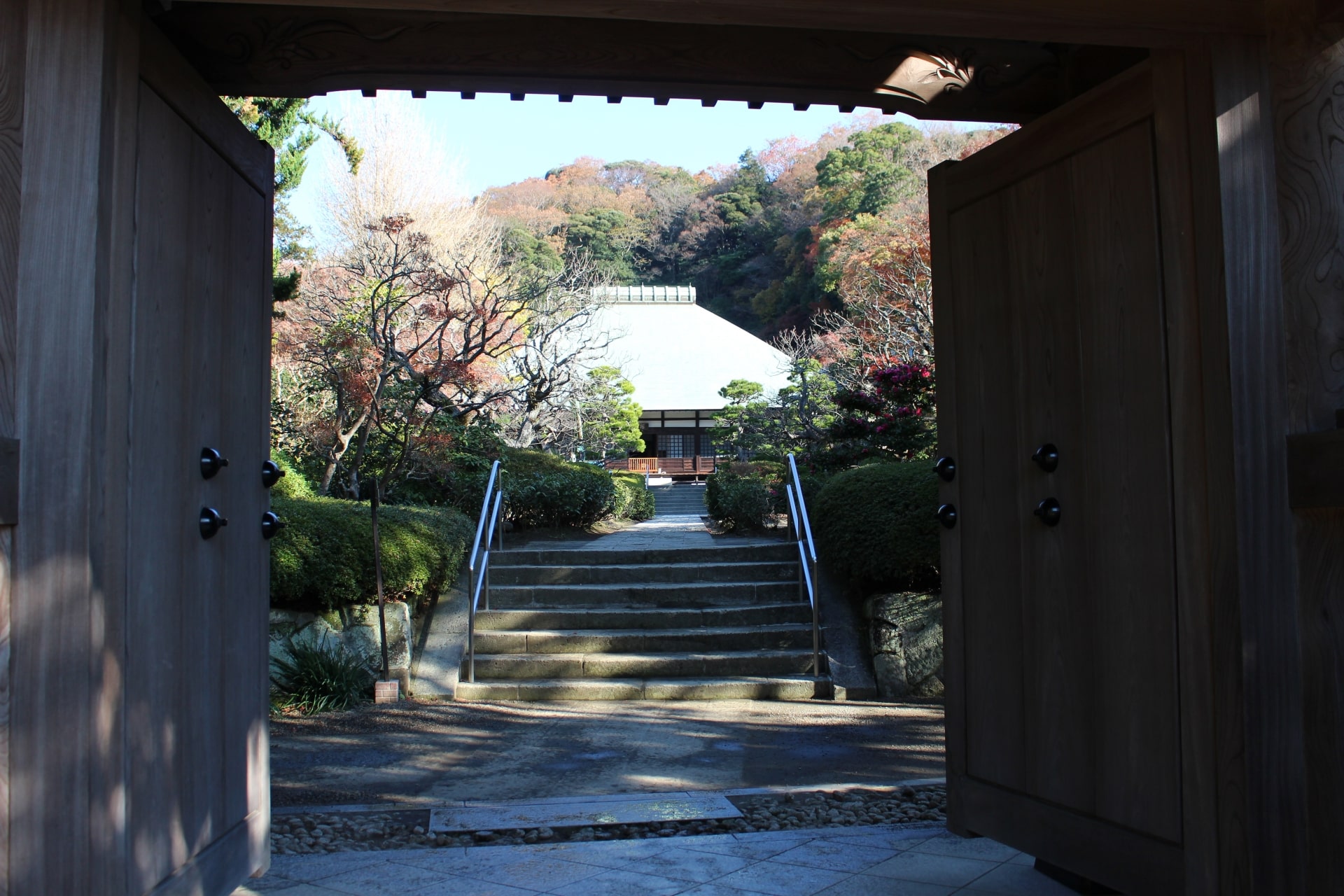
Jomyoji Temple stands as a serene testament to Kamakura’s rich Zen Buddhist heritage. This temple, known for its tranquil ambiance, offers visitors a chance to engage in a traditional Japanese tea ceremony. The tea garden at Jomyoji Temple is especially renowned, providing an authentic setting for this age-old ritual.
Participating in a tea ceremony here allows visitors to experience the art of tea preparation, a practice deeply rooted in Zen philosophy emphasizing mindfulness, simplicity, and harmony. The temple itself, surrounded by lush gardens and a calming atmosphere, invites contemplation and relaxation. A visit to Jomyoji Temple is not only a cultural experience but also a journey into the heart of Japanese aesthetics and spiritual practice.
13. Stroll in Kamakura Alps
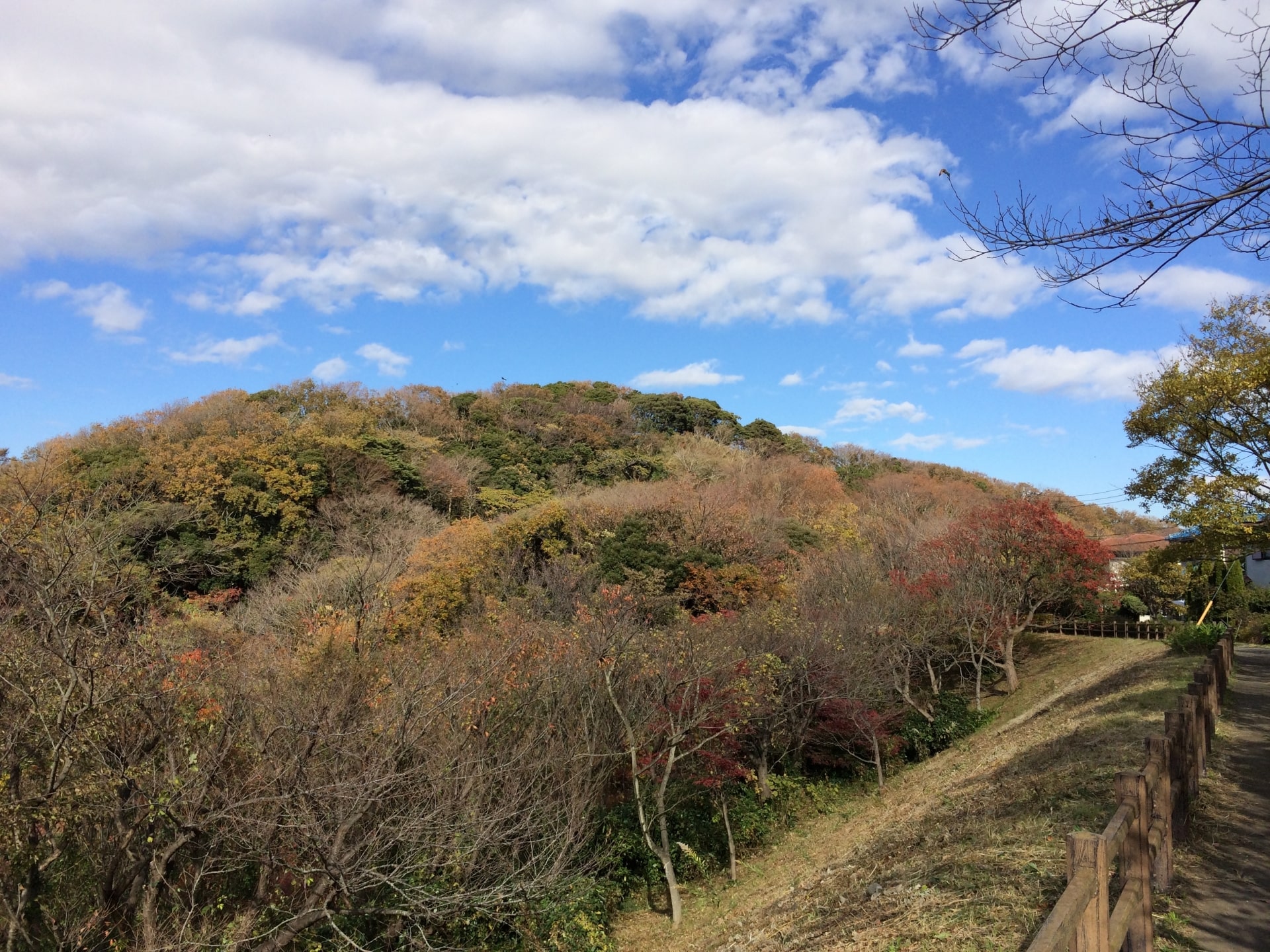
Kamakura Alps provides a refreshing escape into the heart of nature, featuring a network of trails that meander through the scenic landscape. These trails offer hikers and nature enthusiasts a chance to explore the verdant beauty of Kamakura, with routes suitable for all levels of experience. As you walk these paths, you are rewarded with panoramic views of the city, the ocean, and on clear days, the majestic Mount Fuji in the distance.
The area is rich in biodiversity, making it a delightful experience for birdwatchers and botanists alike. The Kamakura Alps isn’t just about physical activity; it’s an opportunity to immerse oneself in the tranquil beauty of nature, providing a soothing contrast to the historic urban sites of Kamakura.
14. Savor Local Dishes at Kamakura’s Traditional Restaurants
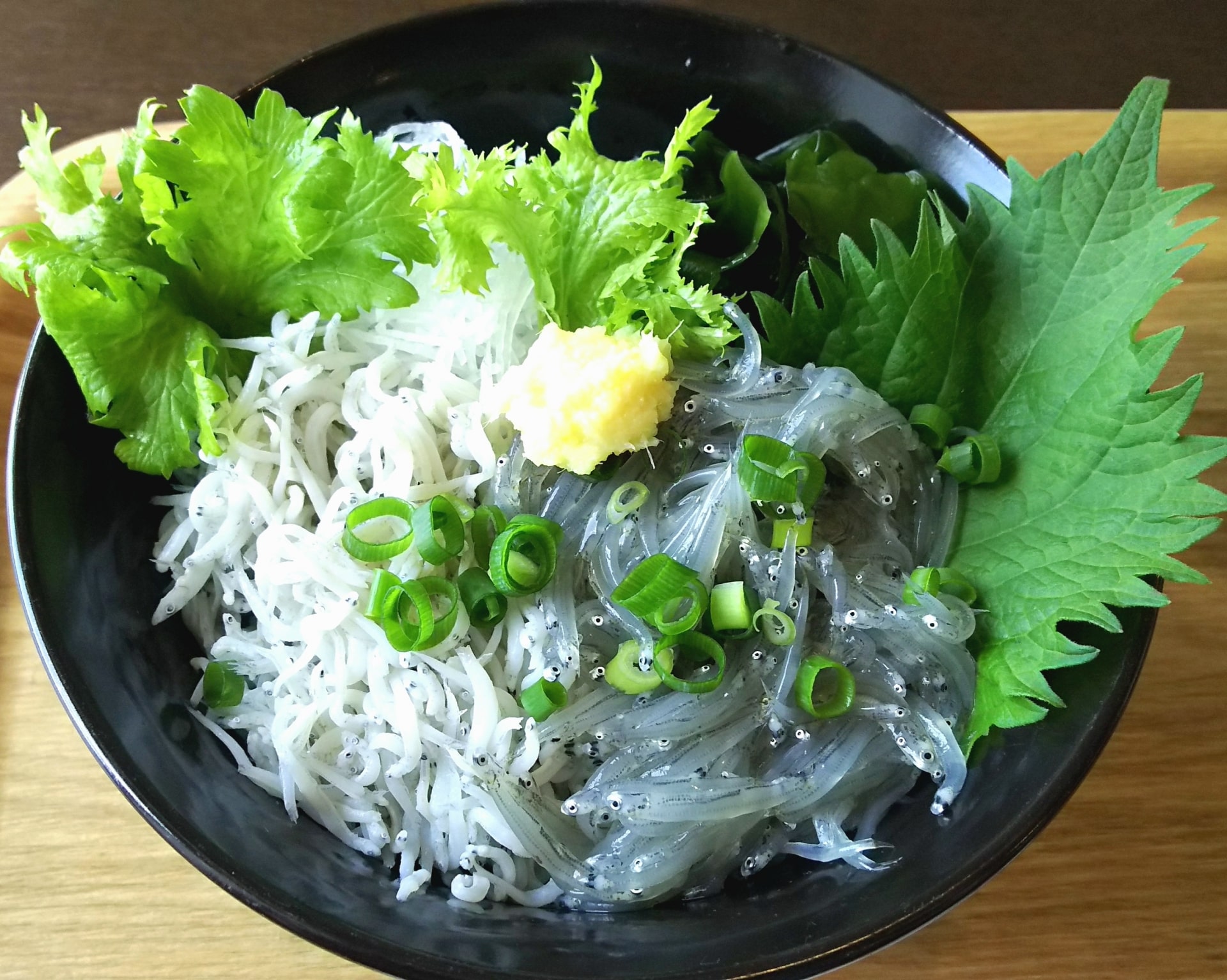
Dining in Kamakura offers a culinary journey through traditional Japanese cuisine, with local restaurants serving up an array of delightful dishes. A must-try specialty is shirasu-don, a simple yet flavorful dish featuring fresh whitebait served over rice. This dish captures the essence of Kamakura’s coastal location, offering a taste of the sea with every bite.
The local cuisine also includes a variety of seafood, seasonal vegetables, and other regional specialties, each prepared with meticulous care to bring out the authentic flavors. Visiting traditional restaurants in Kamakura is not just about enjoying a meal; it’s an experience that connects you with the local culture, traditions, and the bounty of the region.
15. Explore Myohonji Temple
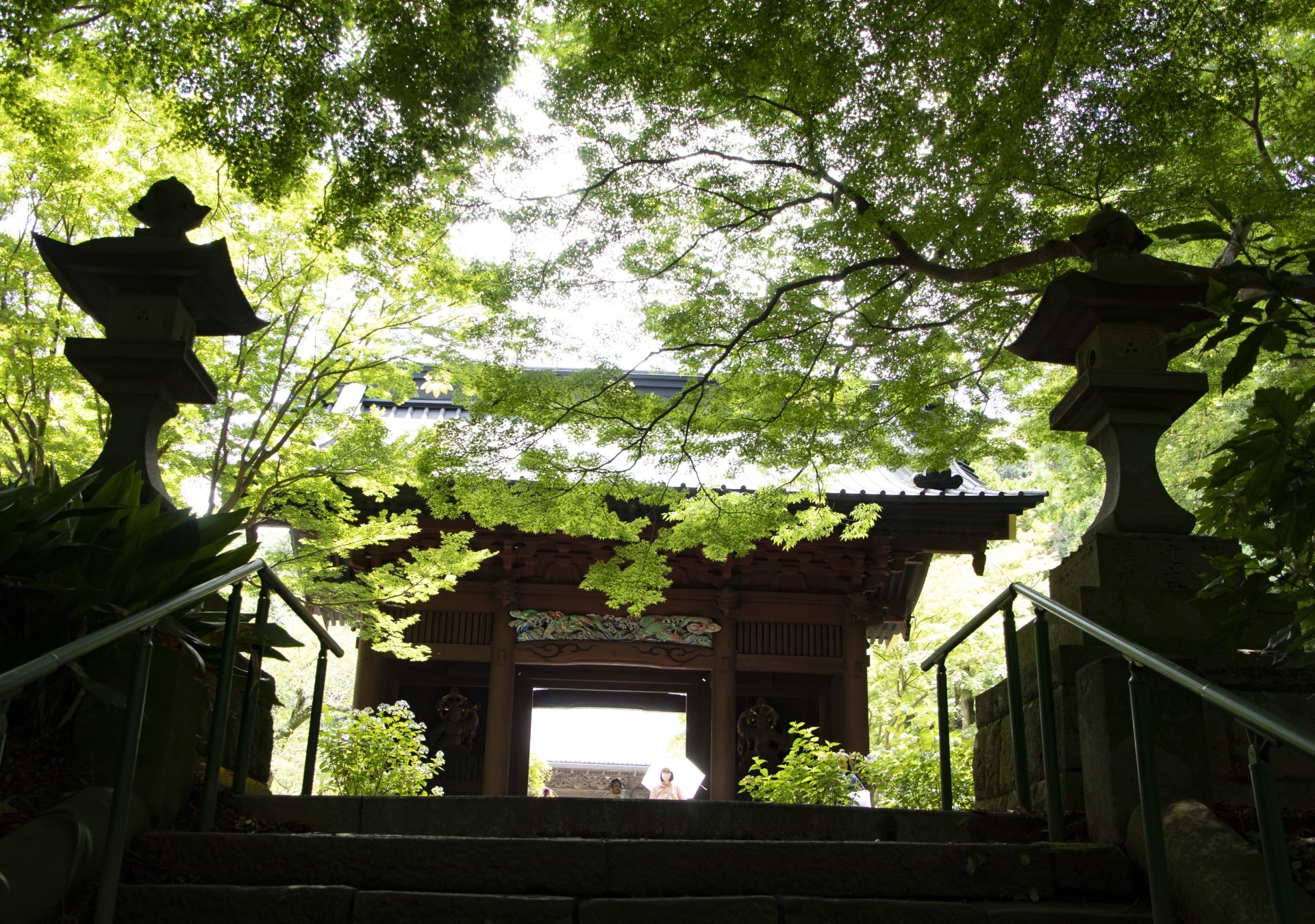
Myohonji Temple, a historic temple of the Nichiren sect, stands as an oasis of tranquility in Kamakura. Founded in the 13th century, the temple has a rich history intertwined with the development of Nichiren Buddhism in Japan. As visitors walk through its peaceful grounds, they are greeted by traditional architecture, ancient trees, and a calming atmosphere that encourages introspection.
The temple’s main hall and pagoda are not only architectural marvels but also hold significant religious importance. Myohonji Temple is more than a religious site; it’s a place where history, culture, and spirituality converge, offering visitors a quiet retreat and a deeper understanding of Japanese religious practices.
16. Visit Kamakura Museum of Literature
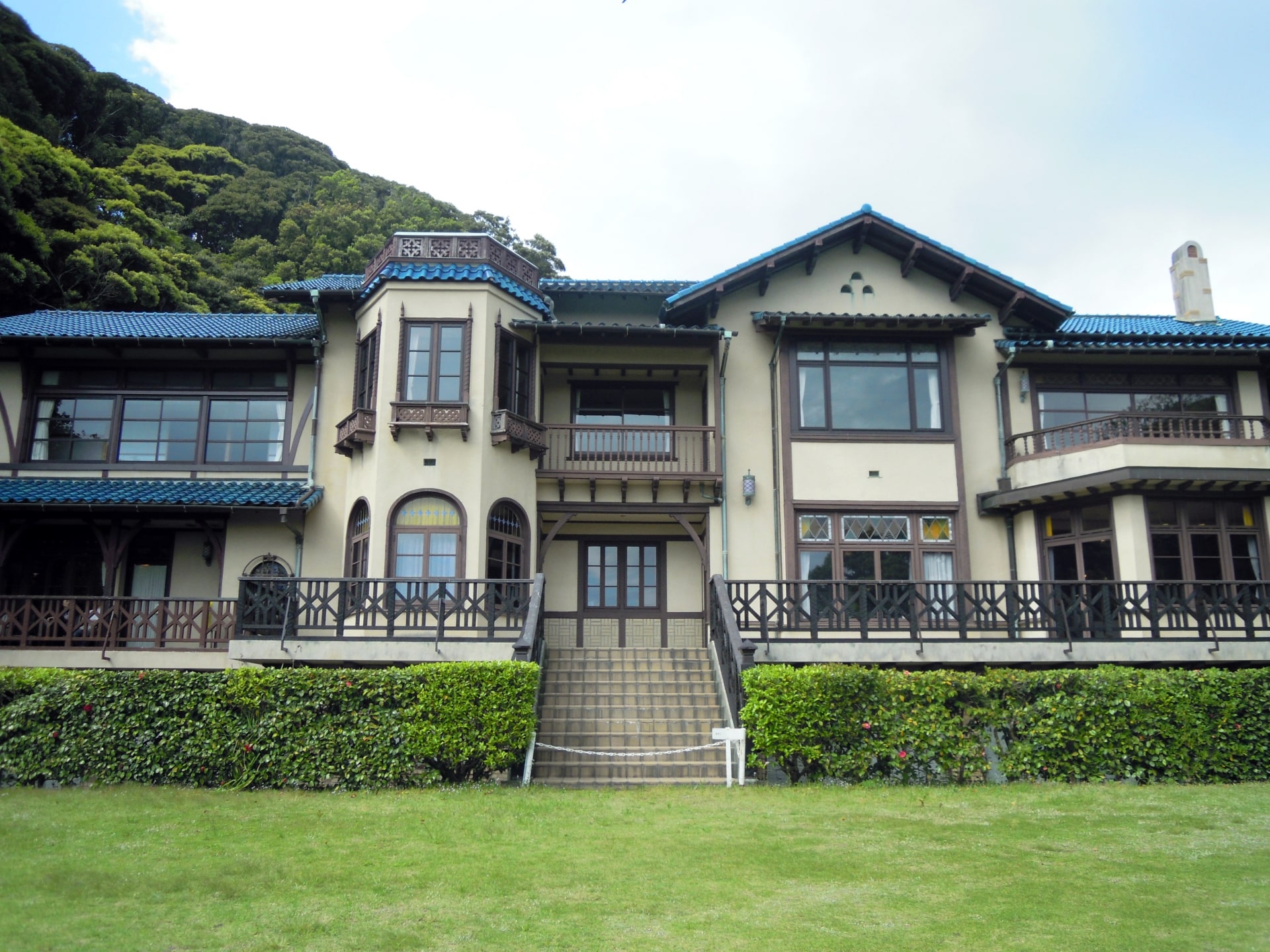
Kamakura Museum of Literature is a haven for book lovers and history enthusiasts, offering a deep dive into the city’s rich literary heritage. Housed in a charming, historic building that was once a villa for the imperial family, the museum displays an extensive collection of literary works, personal belongings of famous authors, and historical documents.
The exhibits showcase the lives and works of renowned writers who were inspired by Kamakura, highlighting the city’s influence on Japanese literature. The museum’s elegant architecture and its serene gardens add to the contemplative atmosphere, making it a perfect spot for those seeking to connect with the literary soul of Kamakura.
17. Wander through Sasuke Inari Shrine
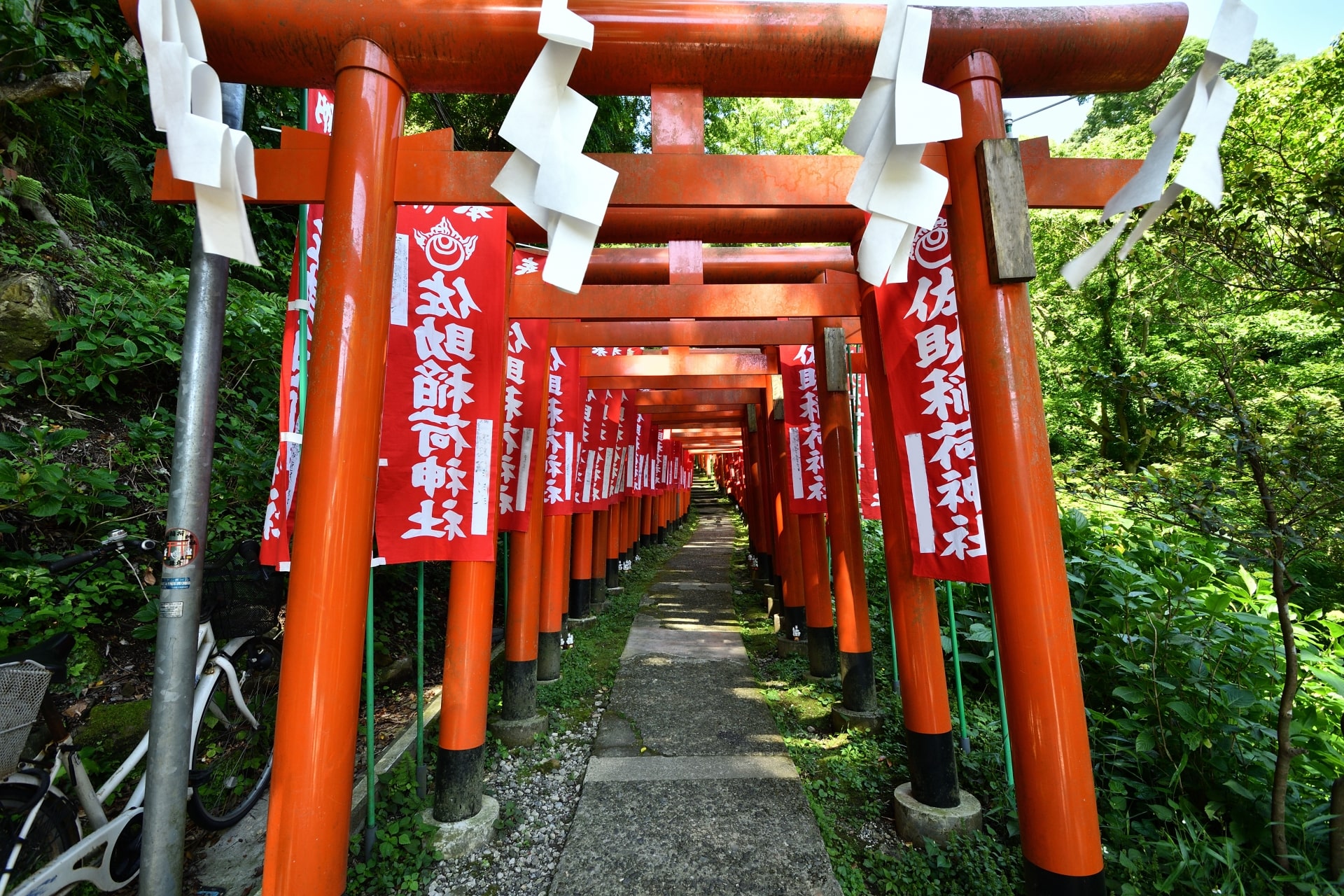
Sasuke Inari Shrine, nestled in the lush hills of Kamakura, is a picturesque site known for its series of vibrant red torii gates. These gates, which create a striking contrast against the green backdrop, lead visitors along a mystical path to the main shrine area. The shrine is dedicated to Inari, the Shinto god of rice and prosperity, and is dotted with numerous fox statues, believed to be the messengers of Inari.
Wandering through Sasuke Inari Shrine offers a peaceful and somewhat enchanting experience, as the path winds through the dense forest, leading to various smaller shrines and offering spots for quiet reflection.
18. Experience Kamakura Festival (if visiting in April)
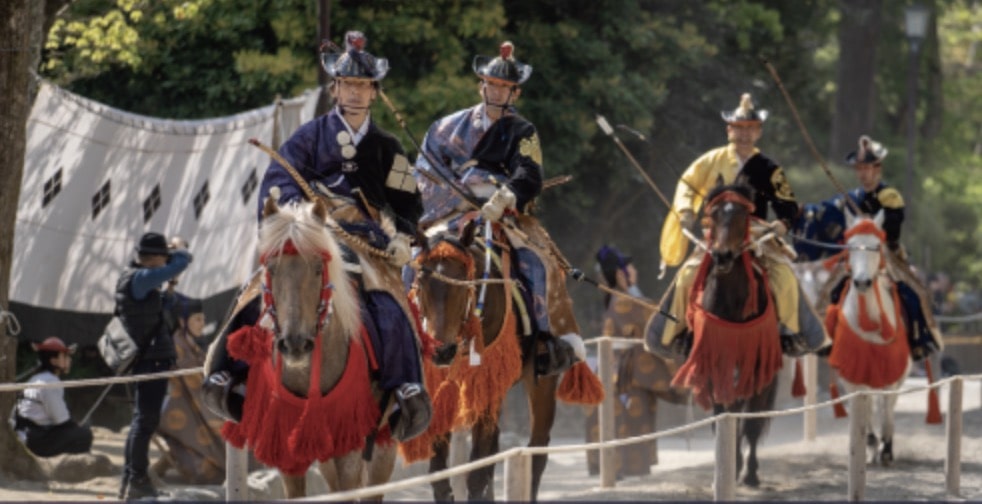
The Kamakura Festival, held in April, is a vibrant celebration of the city’s rich history and culture. This annual event features a variety of traditional performances, parades, and cultural demonstrations that bring the spirit of ancient Kamakura to life. Highlights include the reenactment of samurai processions, archery on horseback, and various other traditional arts.
The festival not only showcases the city’s historical and cultural legacy but also fosters a sense of community and celebration among locals and visitors alike. Experiencing the Kamakura Festival is a unique opportunity to immerse oneself in the festivities and gain a deeper appreciation of the city’s enduring traditions and cultural vibrancy.
As our journey through Kamakura comes to a close, it’s evident that this charming city offers a rich tapestry of experiences, perfectly blending its historical legacy with natural splendors. The best things to do in Kamakura, from the serene walks through ancient temples to the vibrant street markets and picturesque beaches, highlight the city’s diverse allure. Kamakura is a place where history comes alive, nature embraces you, and every corner holds a new discovery. It’s a destination that calls for exploration, reflection, and relaxation.
So, whether you’re planning your itinerary or just dreaming of your next adventure, remember that Kamakura is waiting with open arms, offering a multitude of activities and sights that cater to every interest. Let this guide be your compass to what to do in Kamakura, and prepare to be captivated by the unique charm of this historic city.
◇◇◇For more information about other tourist attractions in Kanagawa, you might also like these articles below, too.◇◇◇

